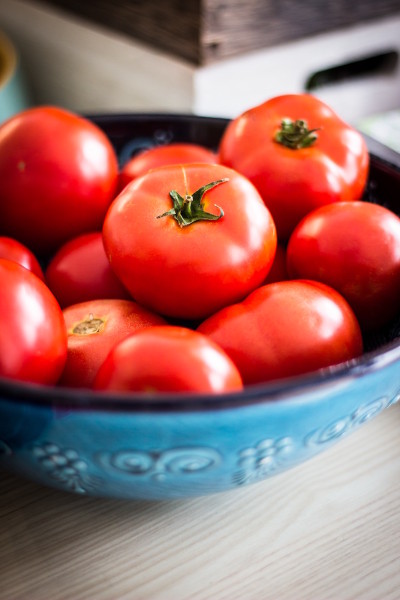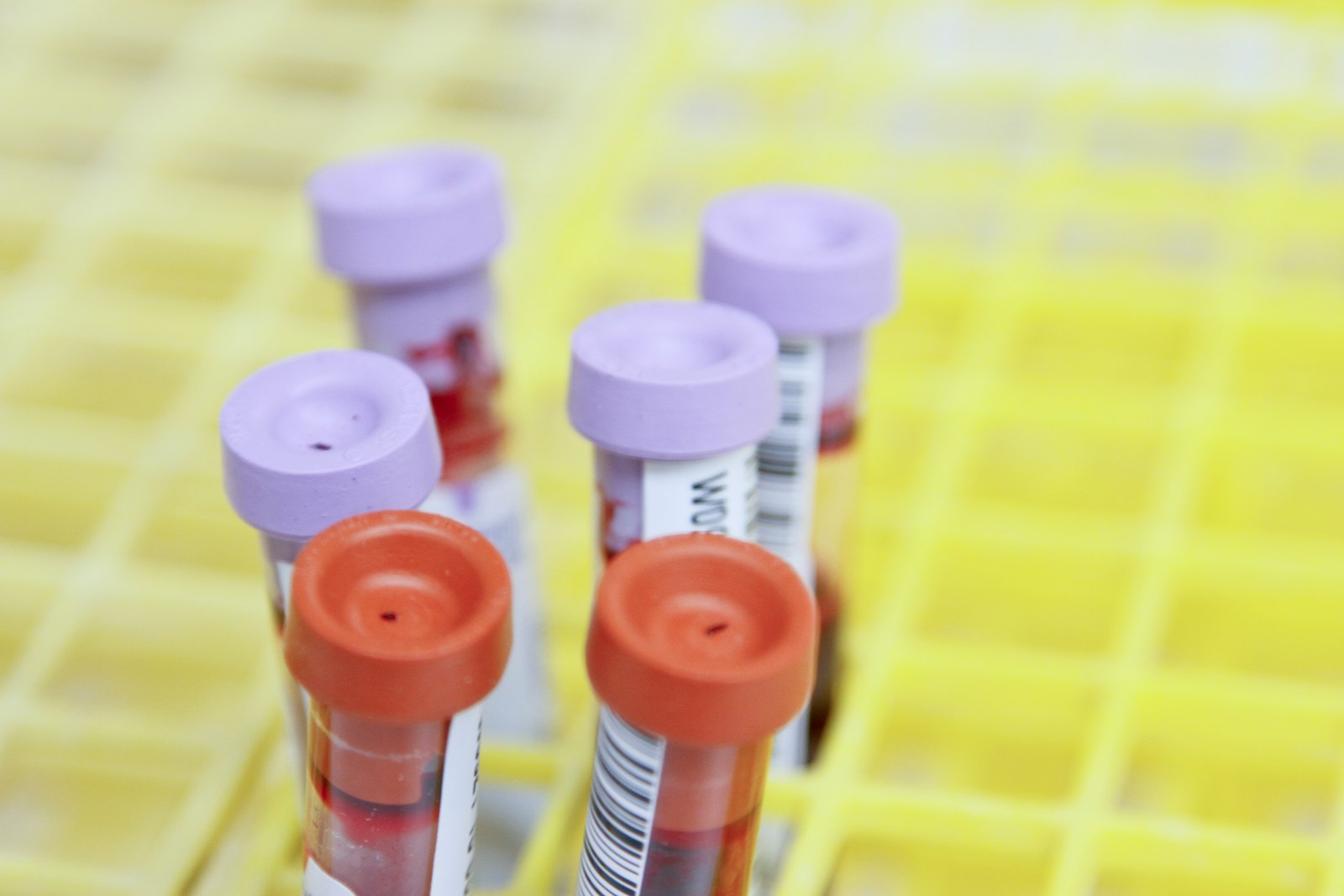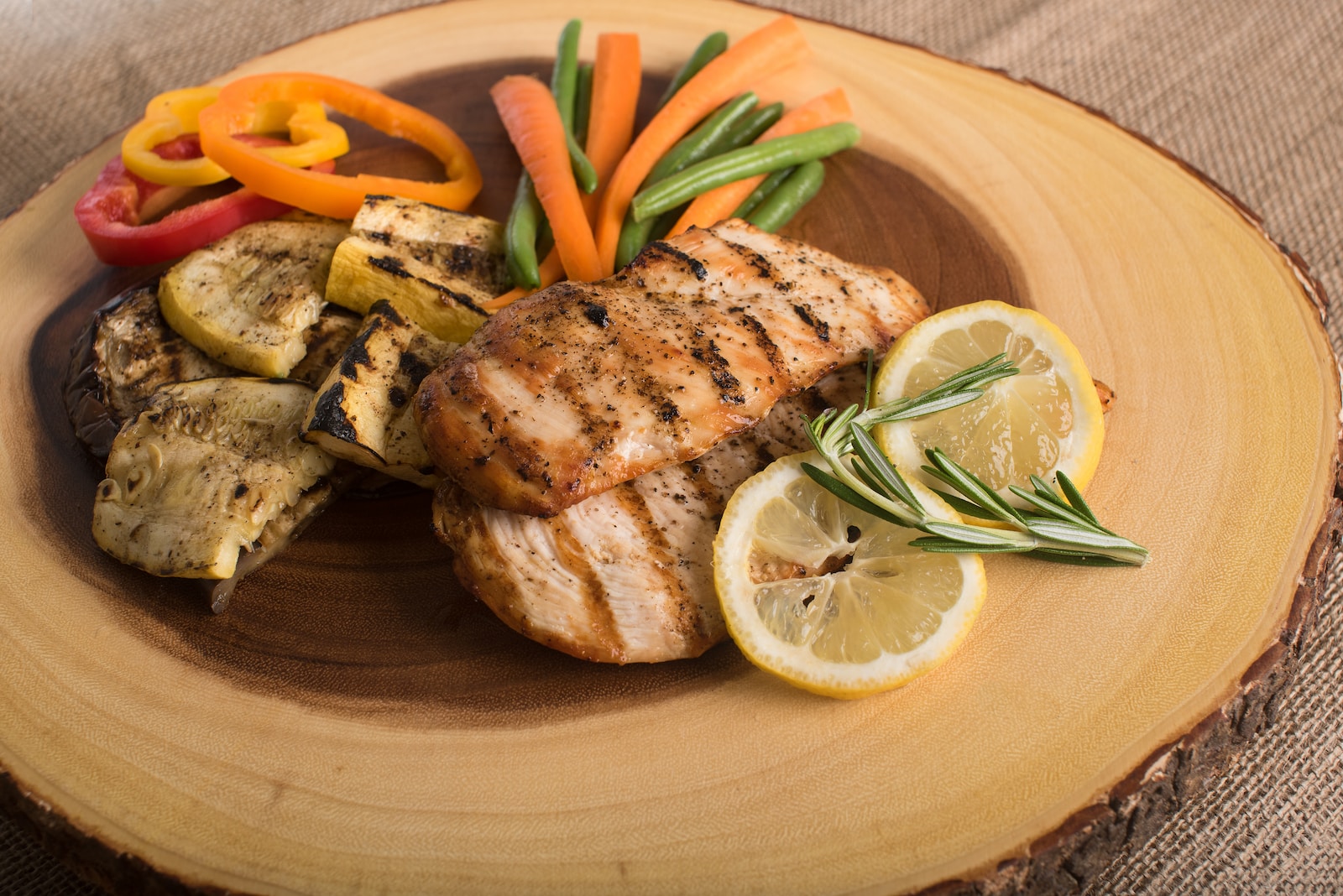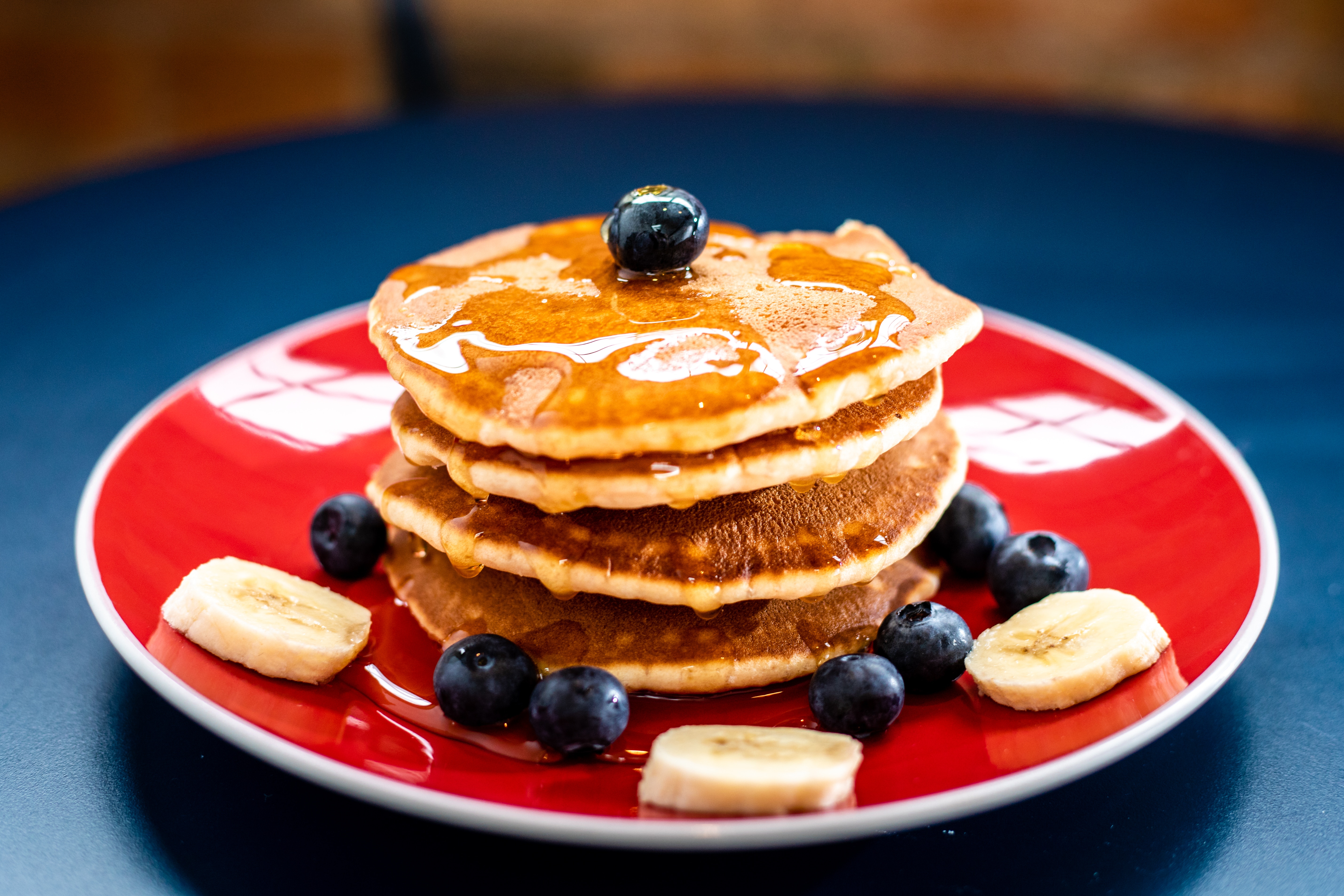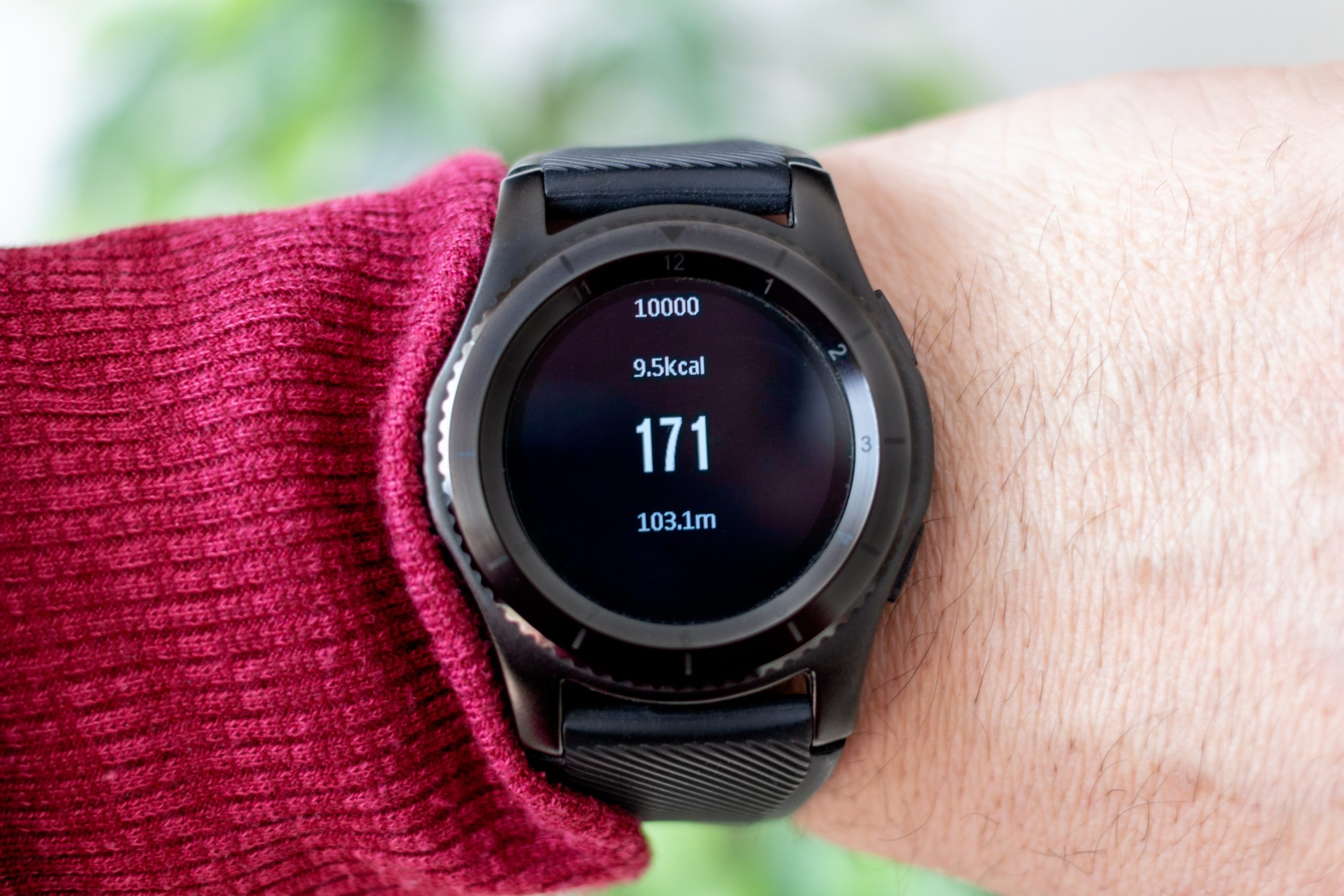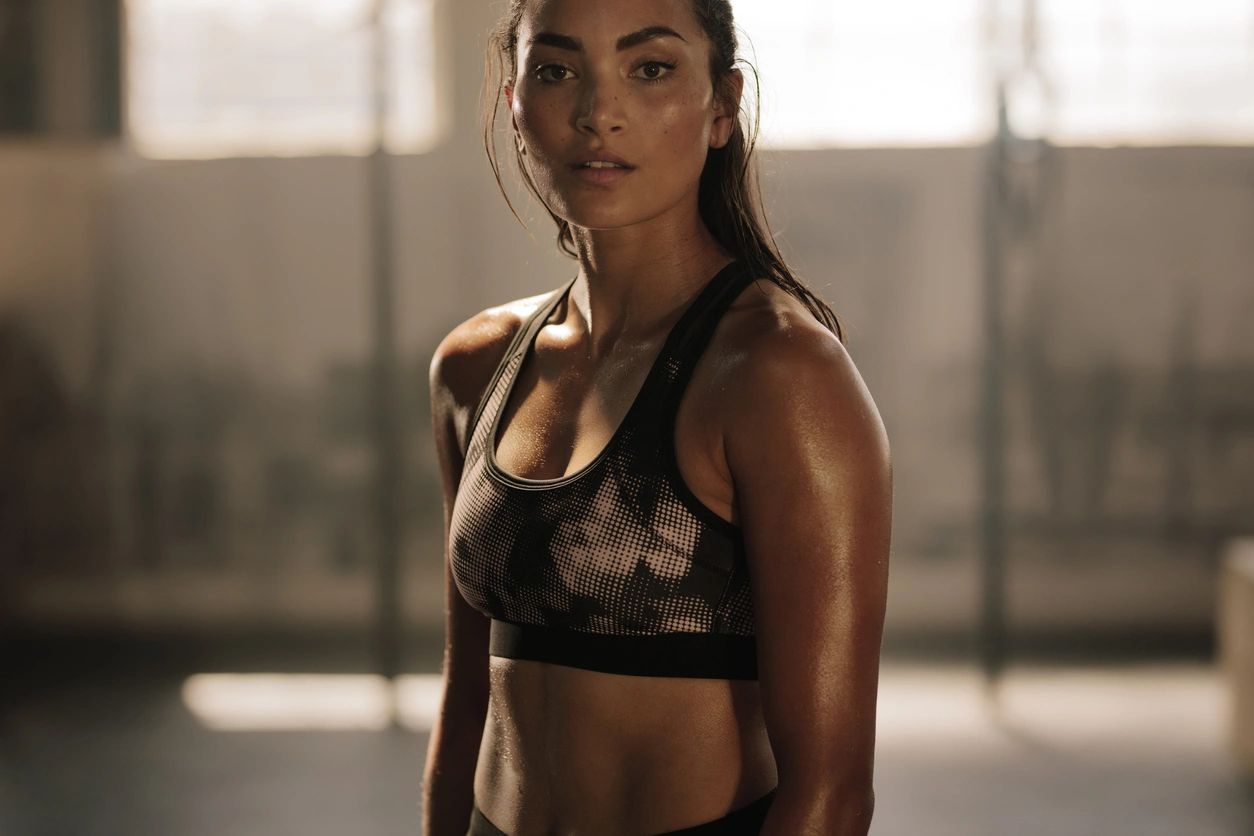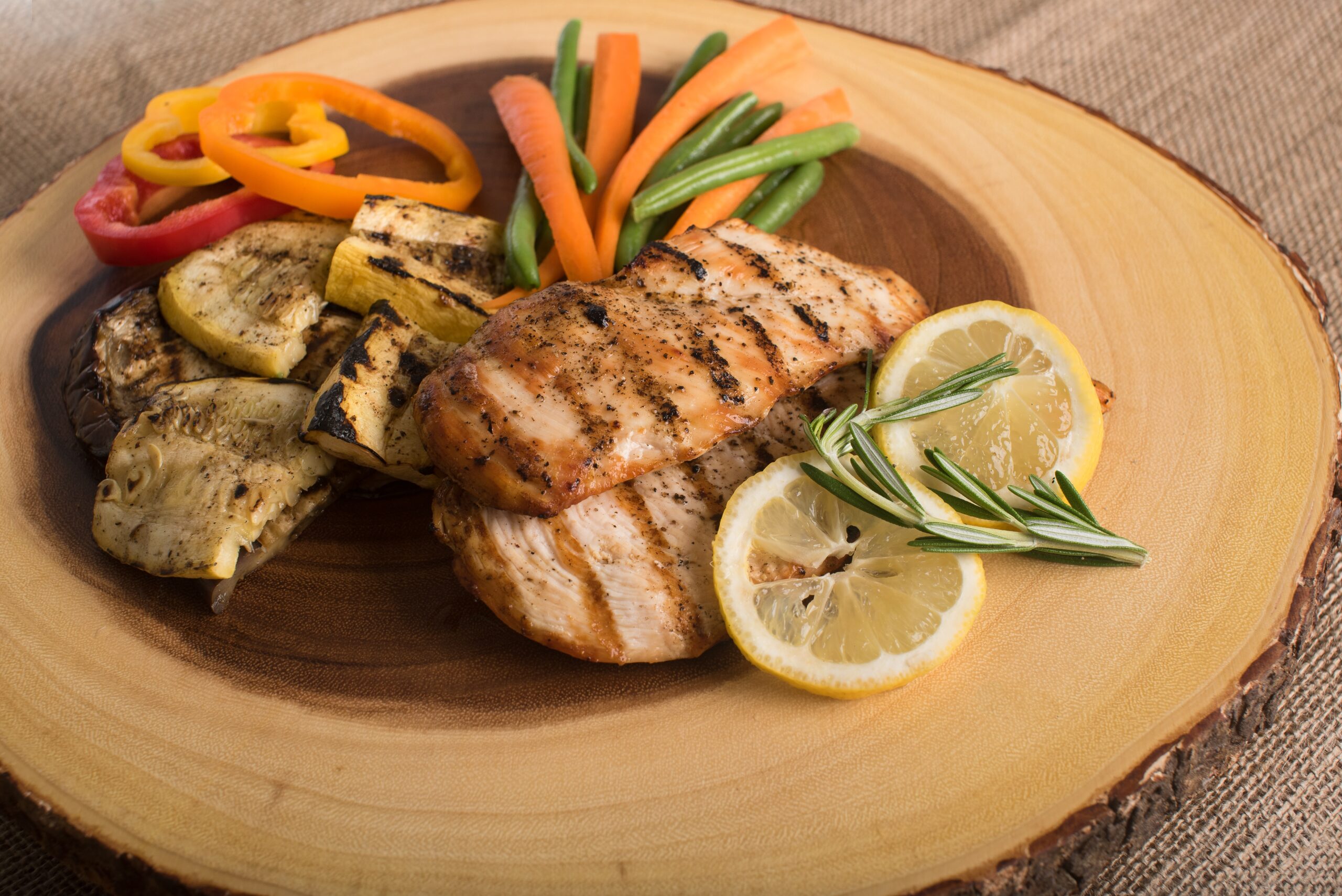Triathlete’s Guide to Iron
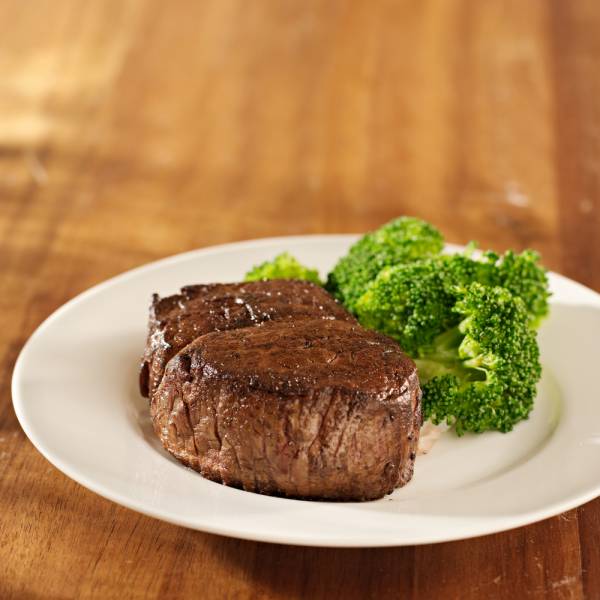
Triathlete’s Guide to Iron
Though a well-prepared athlete can overcome many training challenges, there’s one threat to performance success that even the fittest athlete will not be able to push past: iron deficiency anemia – defined as low blood iron levels. According to the National Health and Nutrition Examination Survey (NHANES) II, an estimated 20%–50% percent of female athletes and 4%–50% of male athletes suffer from depleted iron stores. Left untreated, iron depletion can develop into iron deficiency anemia (IDA), which impairs the body’s aerobic processes, brain and muscle metabolism, endurance performance, and normal immune response.
Iron, a key factor in aerobic capacity and thus directly linked to sports performance, is necessary for producing hemoglobin and myoglobin. Hemoglobin carries oxygen from the lungs to the bodily tissues, and myoglobin, in the muscle, holds and stores oxygen for use during exercise. When iron levels are too low, an athlete’s aerobic capacity suffers.
Signs and Symptoms
Serum ferritin, a protein found in cells and in the blood that stores iron, is an indirect marker of the total iron levels in the body. When ferritin stores are depleted, the body struggles to make hemoglobin, and red blood cells can no longer transport enough oxygen to the working muscles, so lactic acid builds up. As lactic acid accumulates, an athlete becomes more likely to fatigue prematurely during exercise, and may experience muscle burning, shortness of breath, and decreased motivation to train. Chronic fatigue is the most common symptom, but other symptoms, including increased rate of perceived exertion (RPE), nausea, frequent infections, respiratory illnesses, the ability to think clearly, and a pale, washed-out appearance, should not be ignored.
What Causes Low Iron?
Though inadequate dietary iron intake is the most common cause of iron deficiency anemia, several other factors impact an athlete’s iron stores. These include:
- Malnourishment, vegetarian, vegan, low-protein, fad, and unbalanced diets.
- Heavy menstrual bleeding
- Injury, disease, or gastrointestinal trauma
- Strenuous endurance training, which can increase iron loss through sweat and gastrointestinal bleeding, and decrease iron absorption
- Frequent use of aspirin or nonsteroidal anti-inflammatory medications, which leads to increased GI blood loss.
- Foot strikes (in runners/triathletes) lead to broken red blood cells called hemolysis
- Training at higher altitudes
Monitoring Iron Stores
If you think you may suffer from iron depletion and/or iron deficiency anemia, contact your doctor. Periodic monitoring via blood work that includes a complete blood count (CBC), hemoglobin, hematocrit, serum ferritin, serum iron, transferrin saturation, total iron binding capacity, reticulocytes, and urine specific gravity (USG) will help detect suboptimal iron levels. Serum ferritin levels in particular gauge how well the body is adapting to training. Plan blood tests strategically during training, and be aware that serum ferritin can be falsely elevated for up to 72 hours after a long, strenuous session (half Ironman, full Ironman, marathon), and if you are fighting an infection or experiencing inflammation.
Chronic iron depletion is an indicator that the body is under extreme stress. High mileage and intensity, underfueling, unbalanced/unhealthy eating habits, life stress, inadequate sleep, and too little recovery can all contribute to recurring iron depletion. Athletes who continue to push themselves while attempting to correct low ferritin levels are more prone to overtraining/underperformance syndrome.
Sports Anemia
Endurance training increases blood volume, which dilutes hemoglobin and hematocrit in the blood, making it appear artificially low when iron levels are in fact within normal limits. Sports anemia is common when an athlete returns to training after a period of inactivity or when there is a sudden increase in training intensity. After the body has adjusted to the training load, hemoglobin and hematocrit will return to normal levels.
Boosting Iron Intake
Animal foods such as red meat, dark meat poultry, and seafood offer the most absorbable form of iron (heme). While plant foods provide non-heme iron, this form is more difficult for the body to absorb. However, consuming foods rich in Vitamin C in the same meal can increase iron absorption from non-heme sources. If you have a spinach salad, for example, add strawberries or mandarin oranges slices. In addition, consider combining heme with non-heme iron sources such as bean chili with dark turkey or beef. Incorporate small amounts of red meat in casseroles, pasta sauces, soups, stir-fry, salads, and sandwiches. Cooking in a cast-iron skillet also helps boost iron consumption.
Be aware that coffee, tannic acid in tea, and calcium-rich foods inhibit heme iron absorption. Bran or high-fiber cereals (containing phytates and oxalates) can also inhibit the absorption of non-heme iron.
How Much Iron is Enough?
Here are the dietary reference intakes (DRI) for different groups:
- Males/females age 9-13: 8mg/day
- Males age 14-18: 11mg/day
- Females age 14-18: 15mg/day
- Males age 18-50: 8mg/day
- Females age 18-50: 18mg/day
- Vegetarians (all ages): 1.8 x DRI
Supplementing Iron
If your doctor has suggested an over-the-counter iron supplement, look for ferrous sulfate and ferrous gluconate as the iron source. These forms are widely available, time tested, and less expensive.
Be aware that iron supplements may cause side effects like constipation, diarrhea, nausea, and dark stools. Make sure to follow recommended intake guidelines, as excess iron supplementation can have adverse health consequences.
A few other guidelines to keep in mind:
- Pair supplement with Vitamin C outside of meals.
- Avoid taking iron with milk, coffee, tea, and high-fiber foods (beans), antibiotics, and antacids.
- Avoid taking iron within 3 hours of training due to the potential for inhibited iron absorption.
- Drink plenty of fluid daily.
- Take iron at the same time of day each day for best results.
Iron-Rich Foods
Animal Sources (Heme)
- Beef, pork, lamb, liver
- Poultry (especially dark meat)
- Fish and shellfish (oysters, tuna)
- Eggs (whole)
Plant Sources (Non-Heme)
- Dark, leafy greens (spinach, beets, collards, turnip greens)
- Tomato and prune juice
- Dried apricots and raisins
- Legumes (chickpeas, black, kidney, lima, navy, and pinto beans)
- Lentils
- Soy (tofu, tempeh, textured vegetable protein, soy milk)
- Fortified cereals
- Oatmeal
- Wheat germ
Foods Rich in Vitamin C:
- Broccoli
- Cabbage
- Bell Peppers
- Spinach
- Tomatoes
- Cantaloupe
- Grapefruit
- Kiwi
- Mangoes
- Oranges
- Strawberries
- Pineapple


